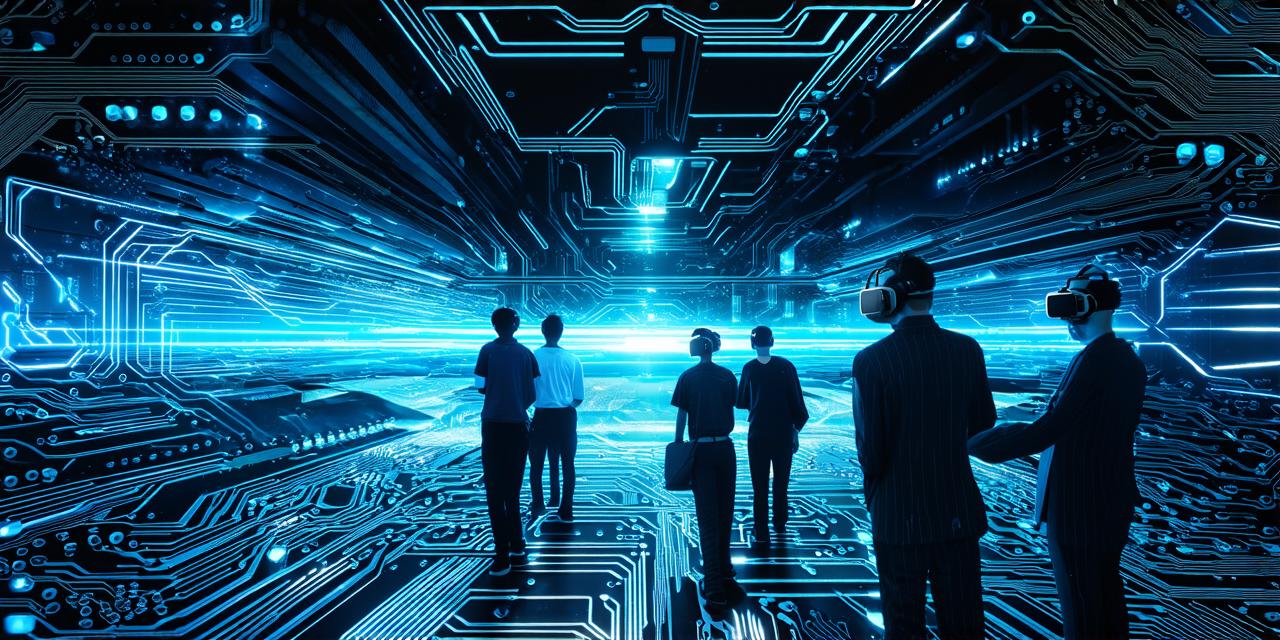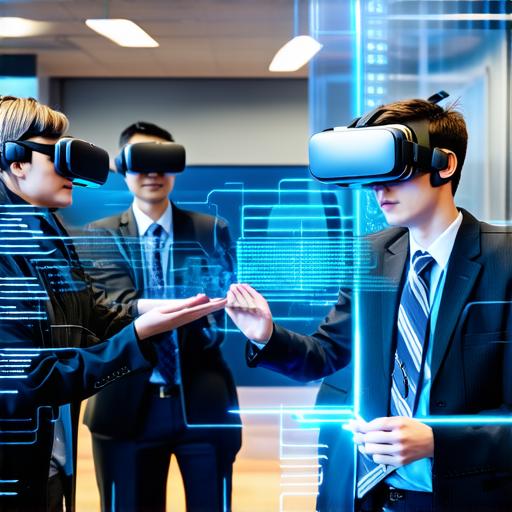
How will virtual reality transform the educational landscape?
Virtual reality (VR) is a rapidly advancing technology that has the potential to revolutionize many aspects of our lives, including education. By providing immersive and interactive experiences that allow students to explore and interact with virtual environments in real-time, VR can offer unprecedented opportunities for learning and engagement.
One of the most significant benefits of VR in education is its ability to provide students with immersive and interactive experiences that allow them to learn by doing. Rather than simply reading or watching about a topic, students can use VR to explore virtual environments that simulate real-world scenarios.
For example, medical students can use VR simulations to practice surgeries, while engineering students can use VR to design and test structures in virtual environments.
Another advantage of VR in education is its ability to provide personalized learning experiences. With VR, students can progress at their own pace and receive instant feedback on their performance. This allows them to focus on areas where they need the most help and skip ahead when they are ready.
Additionally, VR can be used to tailor learning experiences to individual student needs and interests, making it more engaging and enjoyable for students.

VR also has the potential to increase accessibility in education. By allowing students to attend virtual classes from anywhere with an internet connection, VR can make education more accessible to those who may not have had access to traditional classroom settings.
This is particularly important for students in developing countries or remote areas, where access to quality education may be limited.
Finally, VR has the potential to make learning more fun and engaging. By offering immersive and interactive experiences that allow students to explore virtual environments, VR can make learning more enjoyable and memorable. This is particularly important for young learners, who often struggle to stay engaged in traditional classroom settings.
In conclusion, virtual reality has the potential to transform the educational landscape by providing immersive and interactive experiences that allow students to learn by doing. It also allows for personalized learning experiences, increased accessibility, and more fun and engaging learning experiences. As VR technology continues to evolve, we can expect to see even more innovative uses of this technology in education.


